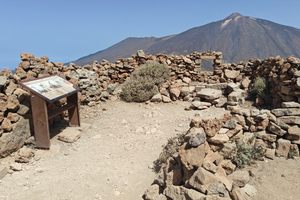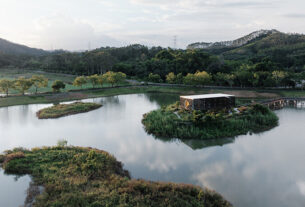
Astronomical observatories are found on mountain tops because the weather is much better there. However, this was not always known. The observatory on the peak of the Guajara was built to prove this.
Historical observatories are often found at the edges, or even in the middle of cities. Often moving away only to avoid light pollution. However, as time progressed and instruments became better, a need arose for more stable and reliable weather conditions.
Newton had already predicted that mountains would be the best place for such buildings in the late 17th century, but there was no need and interest in confirming this claim until the mid-19th century. The person to first attempt mountain observations was the Scottish Charles Piazzi Smyth, who came to Tenerife in 1856 and brought his equipment to the island’s third-highest peak. The observations were an astounding success, and a rush to build on mountains started soon after.
The observatory was a simple construction made from rocks to block the wind, and a tarp to give cover. It was abandoned after the observations, but resettled later to photograph Halley’s comet. During this setup, part of the structure was knocked down to expand it and include a dark room to develop photographic plates.
After this the observatory was truly abandoned, but new and more advanced buildings started popping up in the neighboring Teide observatory.
Today the site is a protected monument, commemorating the astronomical history of the island. Not much is left of the observatory, but one can still see its foundations and read about it from a sign. The view is also amazing.

